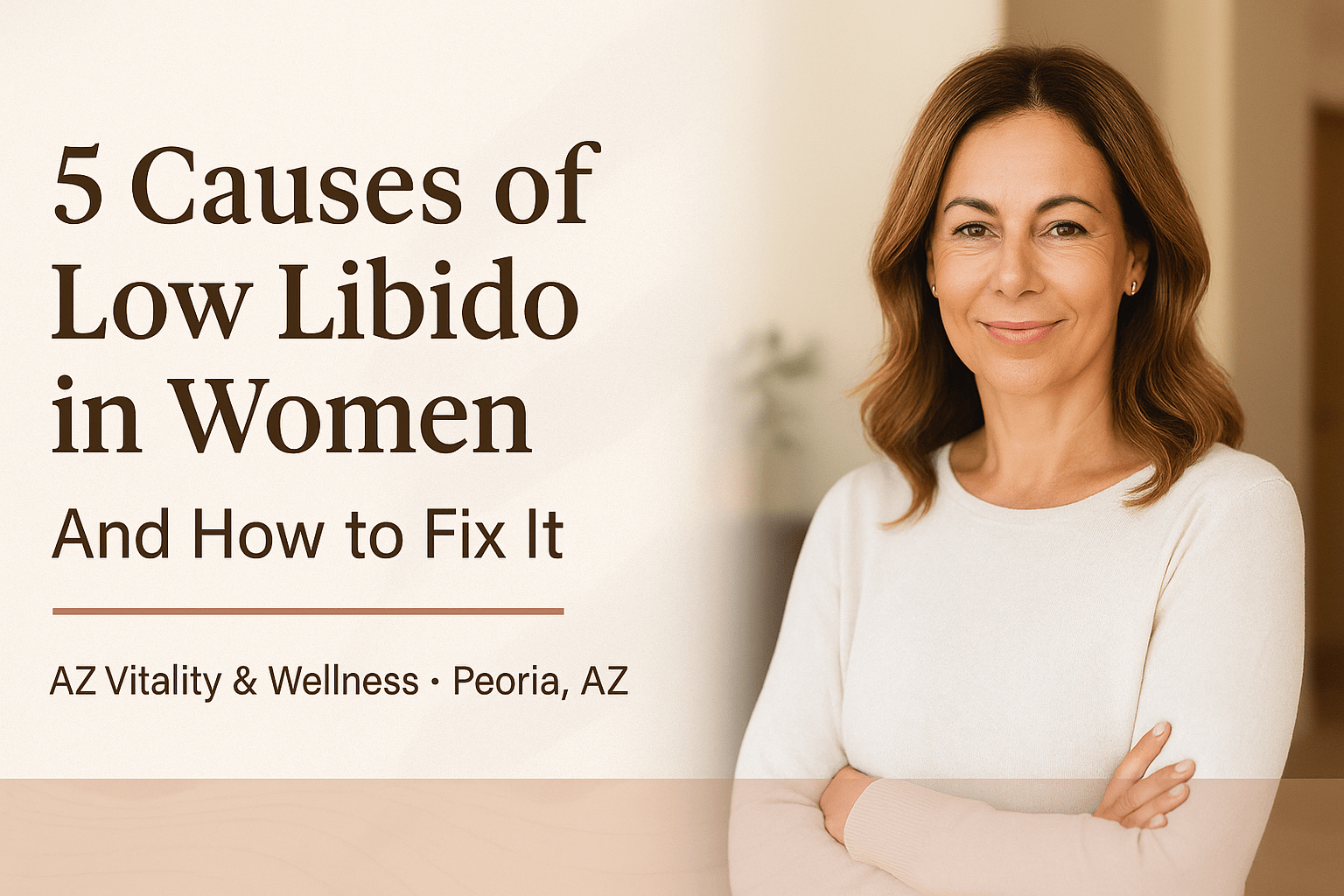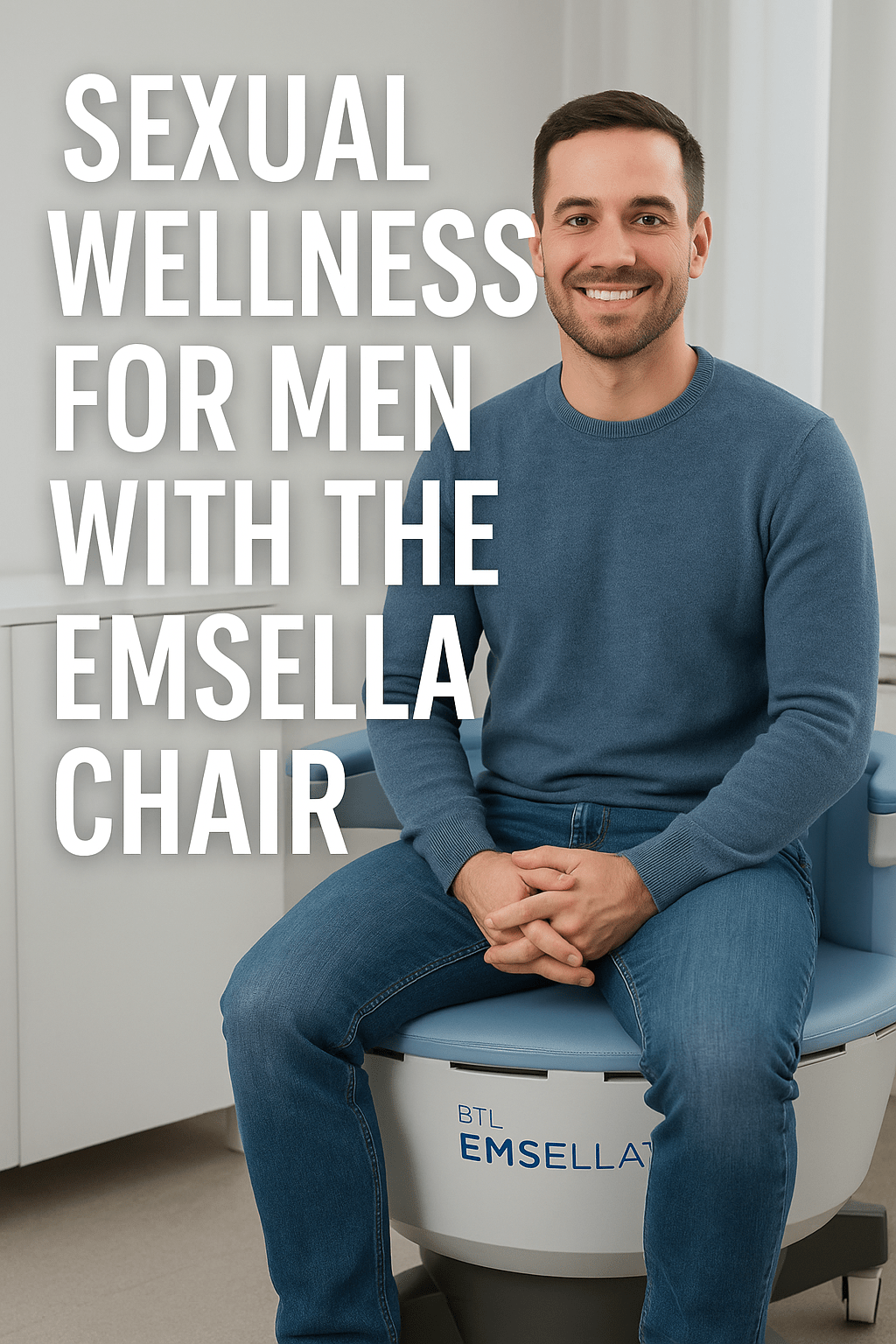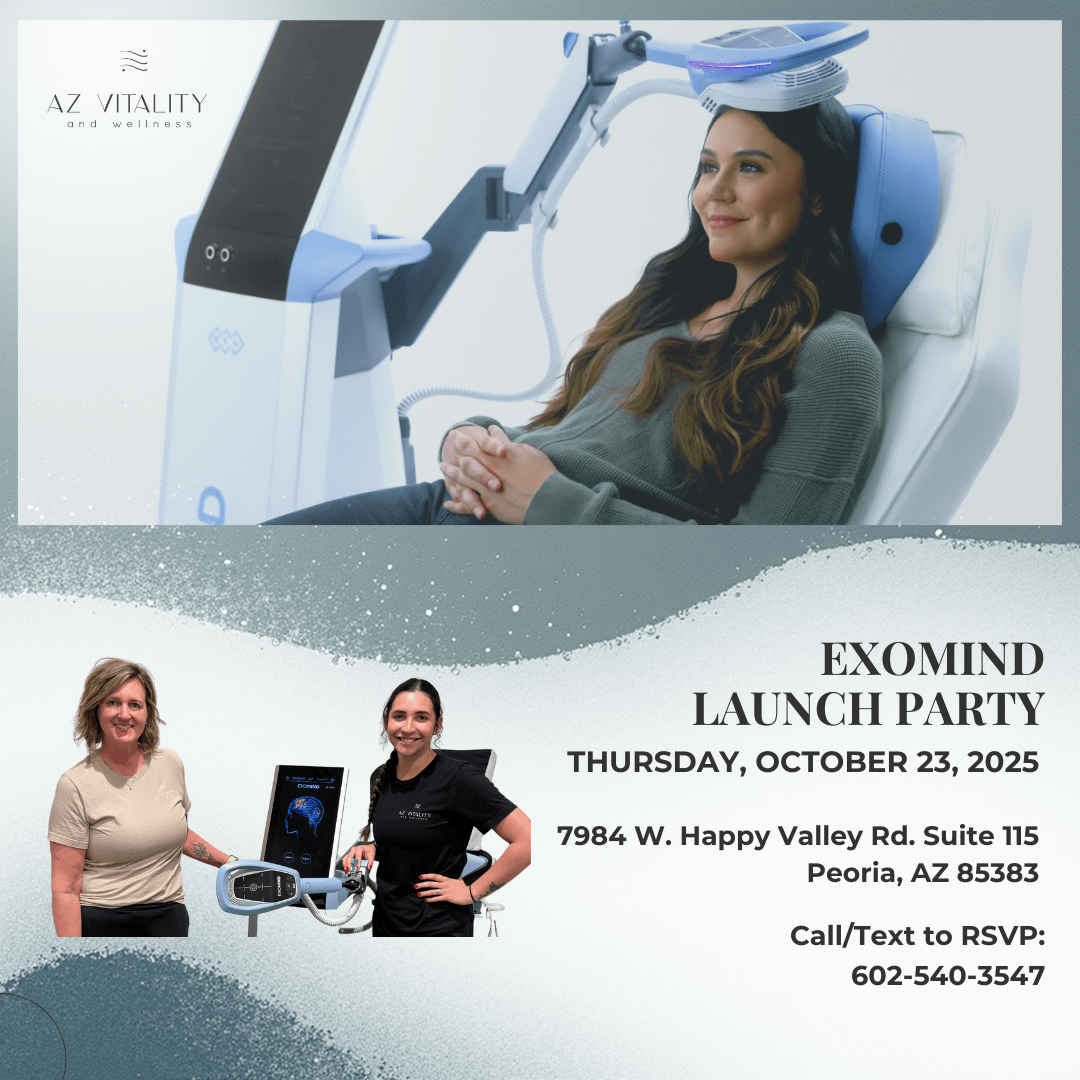
Testosterone and the Myths of TRT
What do you know about TRT? There seem to be many sources out there touting both the pros and cons of the treatments, so what to believe? Let’s see if we can dispel some of the more common myths.
Call with any additional questions or to schedule your free consultation today!
Testosterone Replacement Therapy, or TRT, is the process of literally replacing testosterone levels with normal, healthy levels. TRT aims to improve symptoms of testosterone deficiency, such as decreased libido, erectile dysfunction, depression, anemia, and loss of muscle and bone mass. Unfortunately, we know that a man’s testosterone steadily declines after the age of 30 and low testosterone is becoming more common than ever before, according to a study in the Journal of Clinical Endocrinology and Metabolism. This study showed that testosterone levels in men have rapidly declined in the last 20 years, meaning an average testosterone level in a 60-year-old male in 1989 was higher than that on average of a 60-year-old male in 1995. This showed to be the same over a range of ages.
#1 One common myth is that since it is “natural” for testosterone to decline with age, there is no reason to treat it.
It’s true! We do know that levels decrease with aging. But it is also true that a low testosterone level can increase your risk for diabetes, abdominal obesity, sexual dysfunction, depression, and heart disease. Not addressing a low testosterone level just because it is natural for it to decrease over time would be like not regularly checking and changing the oil on your car. With time and use, oil in a car breaks down and becomes less effective, which can cause decreased effectiveness of your car. Same with testosterone. Lower levels can lead to several physical problems not only in sexual function with decreased libido and erectile dysfunction but also increased body fat, reduced muscle mass, back pain, fatigue and loss of energy. TRT can reverse these symptoms and keep your engine running effectively for years!
#2 Another myth is that TRT will make the patient become overly aggressive and angry.
It should be known that many of the early studies on testosterone were done in prisons…an environment where concerns of violent behavior and aggression exist anyways. Many studies have been performed since those done in the 1970s to see if levels of testosterone can be associated with male “typical” behaviors. More recent studies consistently show that therapeutic ranges of testosterone used for clinical purposes are not associated with changes in anger or aggressive behavior. While behavior changes may be present with those abusing medications that will enhance testosterone levels without medical supervision, it is clear from recent studies that men being treated for hypogonadism or low testosterone levels report and present with increases in their well-being and mood.
#3 If I start testosterone replacement therapy, I won’t ever be able to stop.
There are many factors and considerations made when deciding to treat each patient. Usually, men are seeking treatment due to symptoms. If TRT is improving those symptoms, the patient will likely WANT to continue treatment as they are feeling better and their symptoms are alleviated or improved. Should you discontinue treatment, that can be done at any time. That decision will be discussed with your provider, and it is preferred to taper off the treatment over a few weeks. As you taper, your body will restart its natural production of testosterone. With that said, when a patient opts to discontinue treatment, it is important to remember that your testosterone will return to the levels that were present pre-treatment. The symptoms that accompany a low testosterone level will return. Continuing treatment will prevent those undesirable symptoms from occurring.
#4 Taking testosterone will give me breasts or make me lose my hair.
Generally, male pattern baldness is a genetic condition and affects approximately 80% of the male population. This pattern of baldness is usually due to the actions of DHT, which is similar to testosterone but more powerful. DHT occurs from the breakdown of testosterone. With that said, in a man predisposed to male pattern baldness, TRT may accelerate the process as it may increase the level of DHT. Conversely, TRT has been shown to increase the growth of facial and body hair. Some medications can slow the progression of the male pattern of baldness in men who are showing signs of hair loss.
There are many medications, as well as alcohol and marijuana use, that can result in increased male breast tissue. Enlarged breast tissue, or gynecomastia, is mediated by estrogen. Those on TRT may increase their estradiol levels by aromatization, which can lead to gynecomastia. Patients who present with this condition can be placed on either over-the-counter or prescription aromatase inhibitors, which will reduce the condition and/or prevent it from occurring. Careful monitoring of hormone levels can often prevent this condition.




